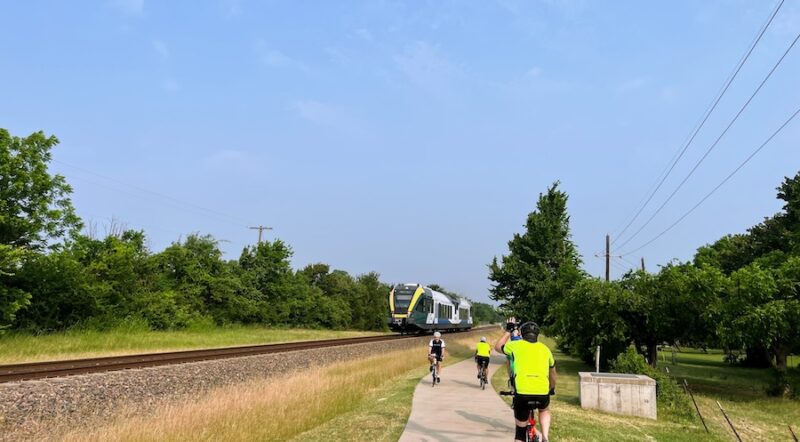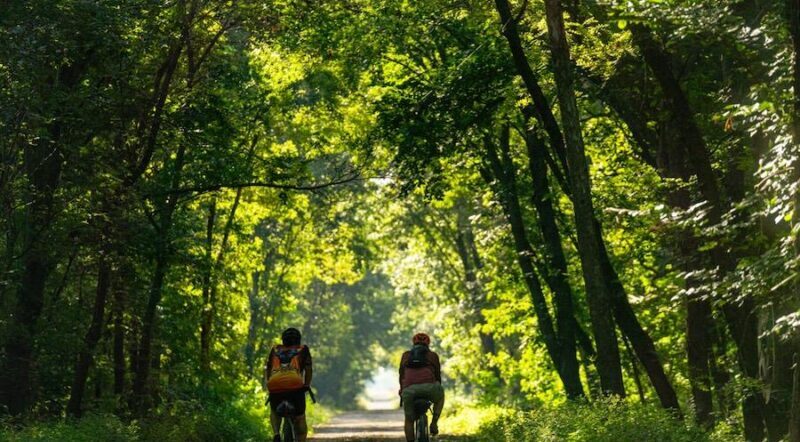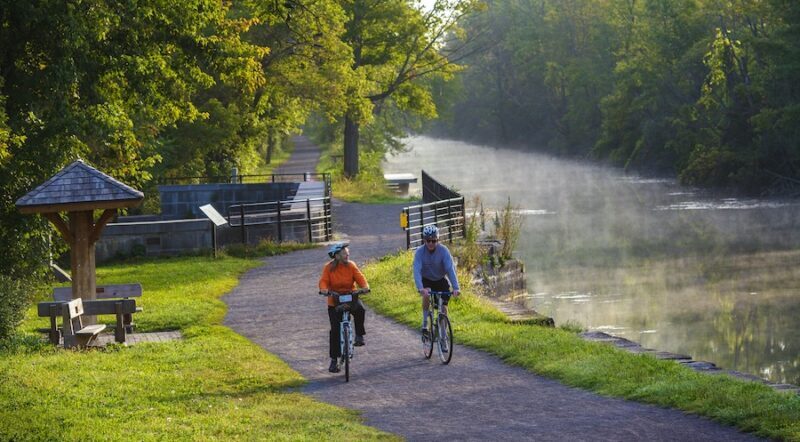National Trail Grant Awardees Focus on Youth and Inclusive Signage
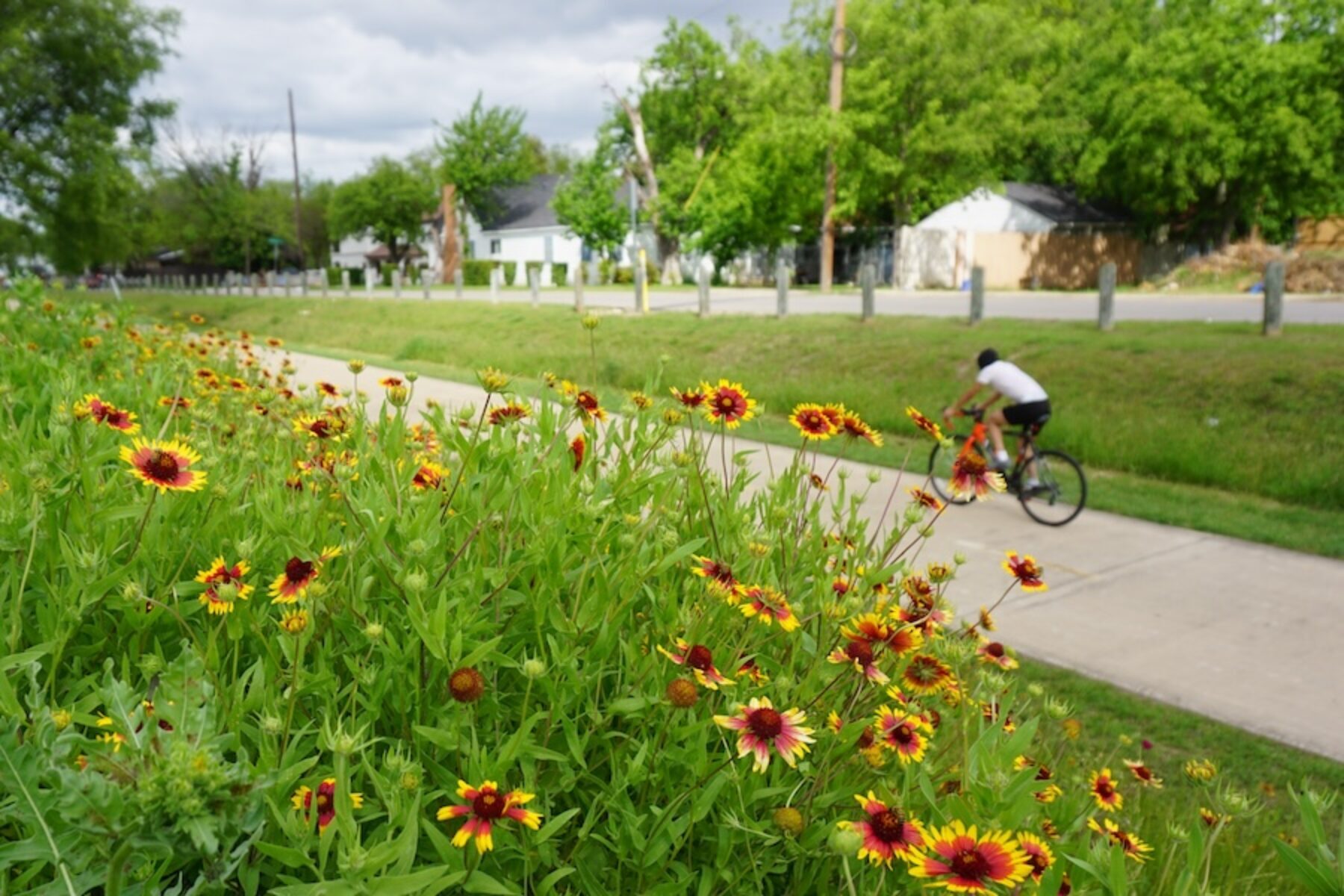
Katelynn Dillard stays busy. A self-described naturalist, Dillard is also mother to a 3-year-old toddler who she’s passionate about exposing to the outdoors. Dillard is part of an outdoor school group, and also organizes nature walks for kids and leads hikes around Mississippi’s oak-trodden landscapes.
When she isn’t busy trekking outdoors with kids, she’s a board member of the Water Valley Main Street Association in Yalobusha County. With a population of just over 3,000, it’s one of the county’s largest cities.
“Our town is small, we have a great sense of community, and it has the potential to be a really walkable place,” said Dillard.
The association has pushed to make Water Valley’s small-town vibe its biggest selling point, but together they’ve also turned their gaze to another part of the town’s potential—a rail-trail.
Investment in Walkability
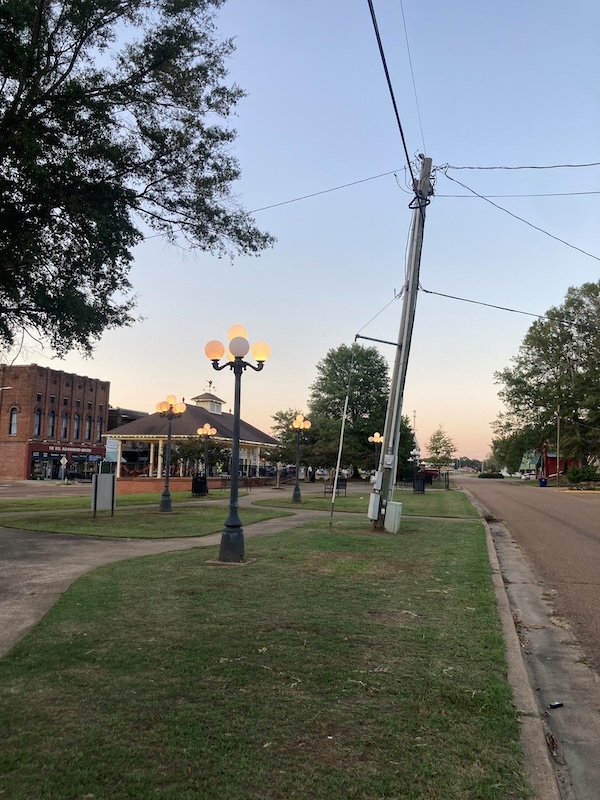
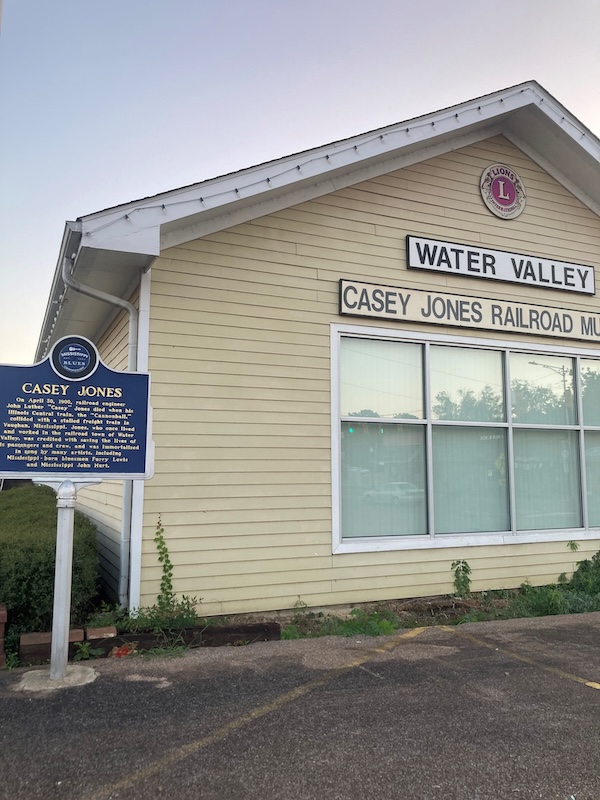
The recently formed Yalobusha Greenway Alliance, of which Dillard is also a part of its board, is determined to develop a robust trail system in the region. While the town is already fairly walkable, the old rail line would add to the overall walkability of the surrounding rural communities. It’s a project that received a seal of approval from Rail to Trails Conservancy via a $10,000 national trail grant.
The money will go toward a feasibility study for a 3-miles-plus stretch of former rail line, part of which runs parallel with Water Valley’s downtown main street. The town is also home to the Casey Jones Railroad Museum, named after the railroader-turned-folk-hero whose decision to stay on a train in 1900, holding onto the brakes, helped save the lives of all the passengers on board.
“We are tracking over 150 trail networks across the United States, and we really see these trail networks as driving economic development. To see a main street getting involved in the development of a trail network is good confirmation of that,” said Mary Ellen Koontz, RTC’s TrailNation Collaborative lead.
The Water Valley rail-trail project is one of over 150 individual projects that applied for this year’s Trail Grants. Of the 157 applicants, RTC narrowed it down to 41 projects, which received a combined $421,500 in awards. But if all the applicants had been awarded what they’d asked for, Koontz said they’d be looking at $3.2 million.
“For me, it says we’re achieving our mission that trails really are being seen as essential infrastructure for communities all across the country,” Koontz said. “It also indicates that there’s a real need for funding.”
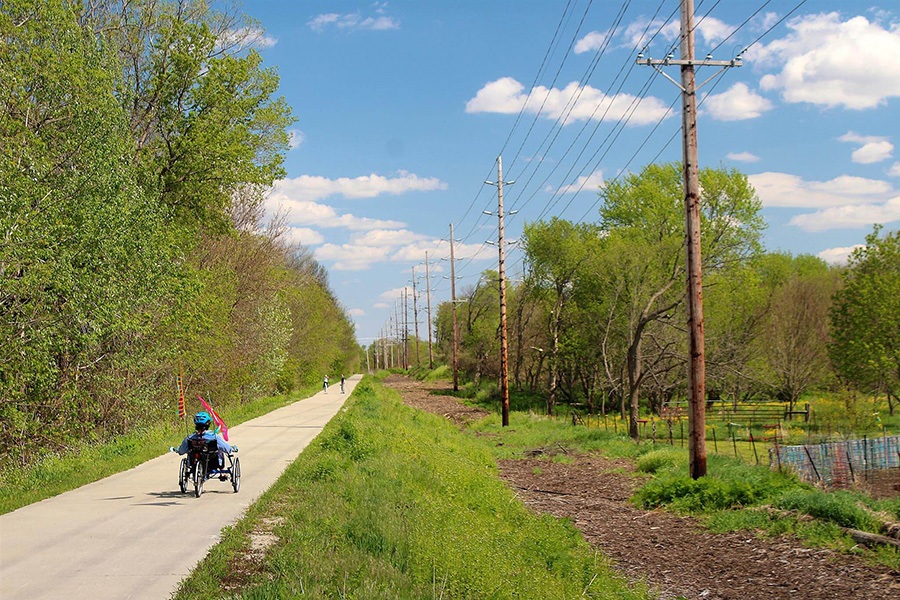
Access and Equity
Many of the projects awarded Trail Grants this year have elements of accessibility and equity, with a focus on connecting historically marginalized communities to trails and safe walking and bicycling routes. For example, the Iowa Natural Heritage Foundation received an award to implement a community engagement effort around the River’s Edge Trail (a key part of the 3,700-mile Great American Rail Trail®) and its Latino population in Marshalltown. Then there’s Latino Outdoors, who received funds to continue their work nationally in providing outdoor activities to Latinos and underrepresented communities. The Clinton County Trails Coalition in Ohio received a grant to purchase adaptive bicycles and connect people of every age and ability in the region to the outdoor experience.
“One of the things that’s really powerful in the applications is [the commitment by communities] to equitable development, as well as an understanding of how projects help make access to transportation choices and access to the outdoors a little bit easier for everyone,” said Koontz of the 2024 Trail Grant awardees.
Rural Revival
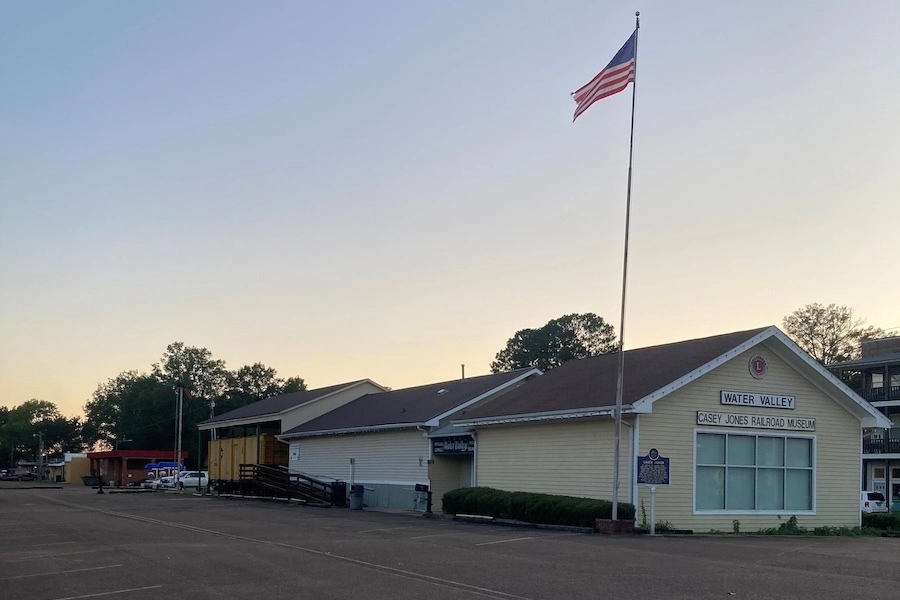
RTC’s review process is long and thorough, according to Koontz, who said the organization really looks for applicants whose projects display equitable trail development in areas where there are significant levels of disinvestment in the community.
This brings us back to Water Valley, where, despite its strong community character as one of two of the county’s seats, 27% of its population lives under the federal poverty line. For Dillard, the potential rail-trail is all about accessibility.
“It could be a neutral third space that’s free and open to everyone and accessible—always,” said Dillard. She added, “I’m inspired to get this trail project up and running for the kids to have it as a learning space, a community space so that any child, anywhere in the city, is able to go out and safely explore nature.”
Finding the Way
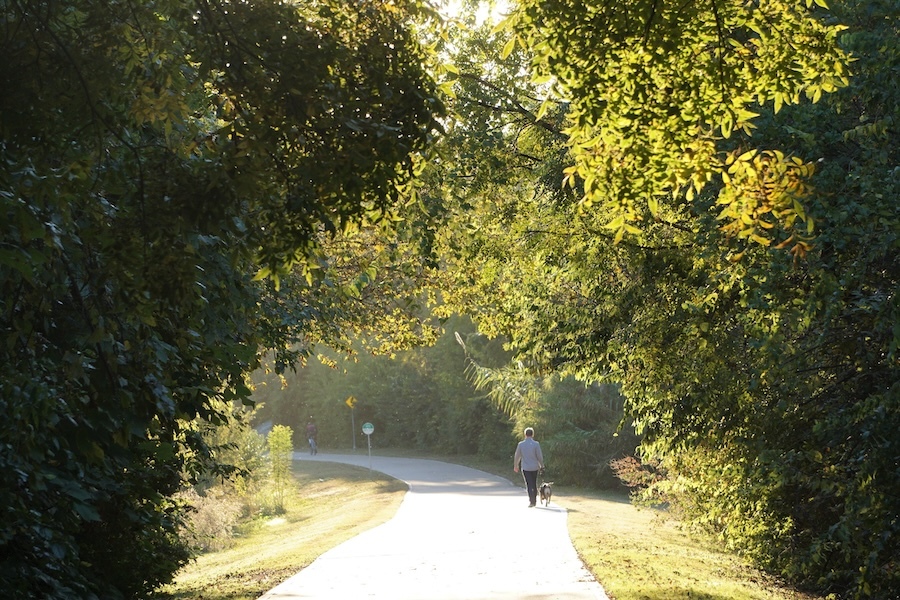
In Texas, RTC awarded $5,000 to another project focused on making their trails accessible in the form of wayfinding.
The Friends of Santa Fe Trail’s (FOSFT’s) signage along its 4.5-mile namesake trail set a standard for surrounding friend groups looking to improve trails in their communities. The signage lets trail users know exactly where they are and how far they’ve traveled, and displays the interconnectivity of the trail, which passes through the city’s core (and two state-recognized arts districts) to one of its major outdoor recreation areas—White Rock Lake. On top of that, the Sante Fe Trail also passes through more than 15 unique neighborhoods, both urban and residential, and is their sole connection to Dallas’ “Loop” trail into the Central Business District.
“Our existing wayfinding system has been celebrated since it was installed,” said FOSFT President Samuel Mortimer. “We’re excited to update.”
The friend group plans to make their signage bilingual, since communities adjacent to the trail were found to prefer speaking Spanish on the most recent census.
“We’re hopeful our next iteration of signage will be utilized similarly as a standard of design,” Mortimer said.
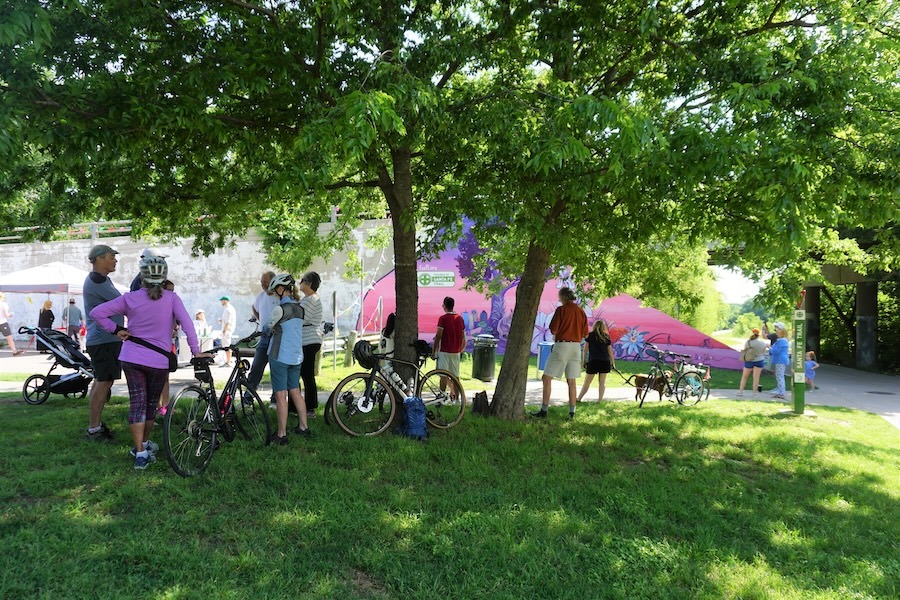
Since 2008, Rails to Trails Conservancy’s Trail Grants program has awarded more than 422 grants to projects totaling a combined $3.38 million to communities seeking to create more access to trails for more people across the country.

Donate
Everyone deserves access to safe ways to walk, bike, and be active outdoors.
